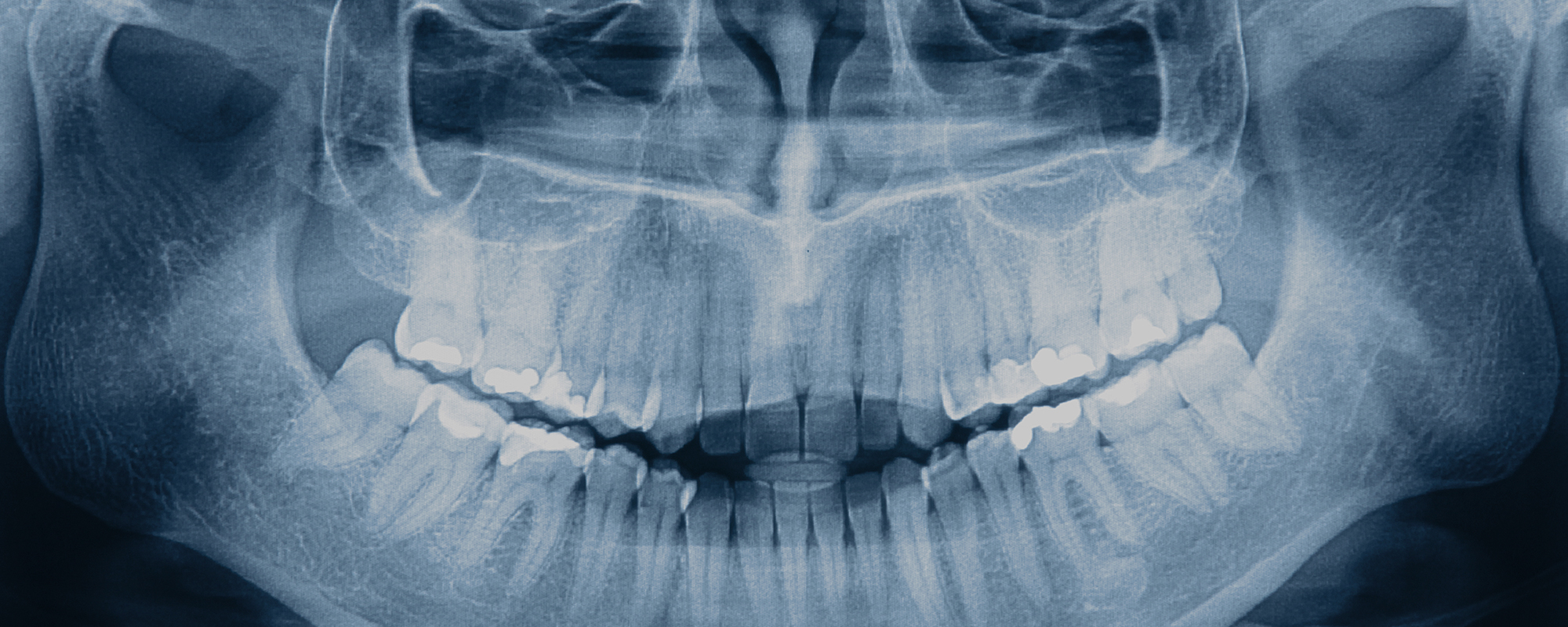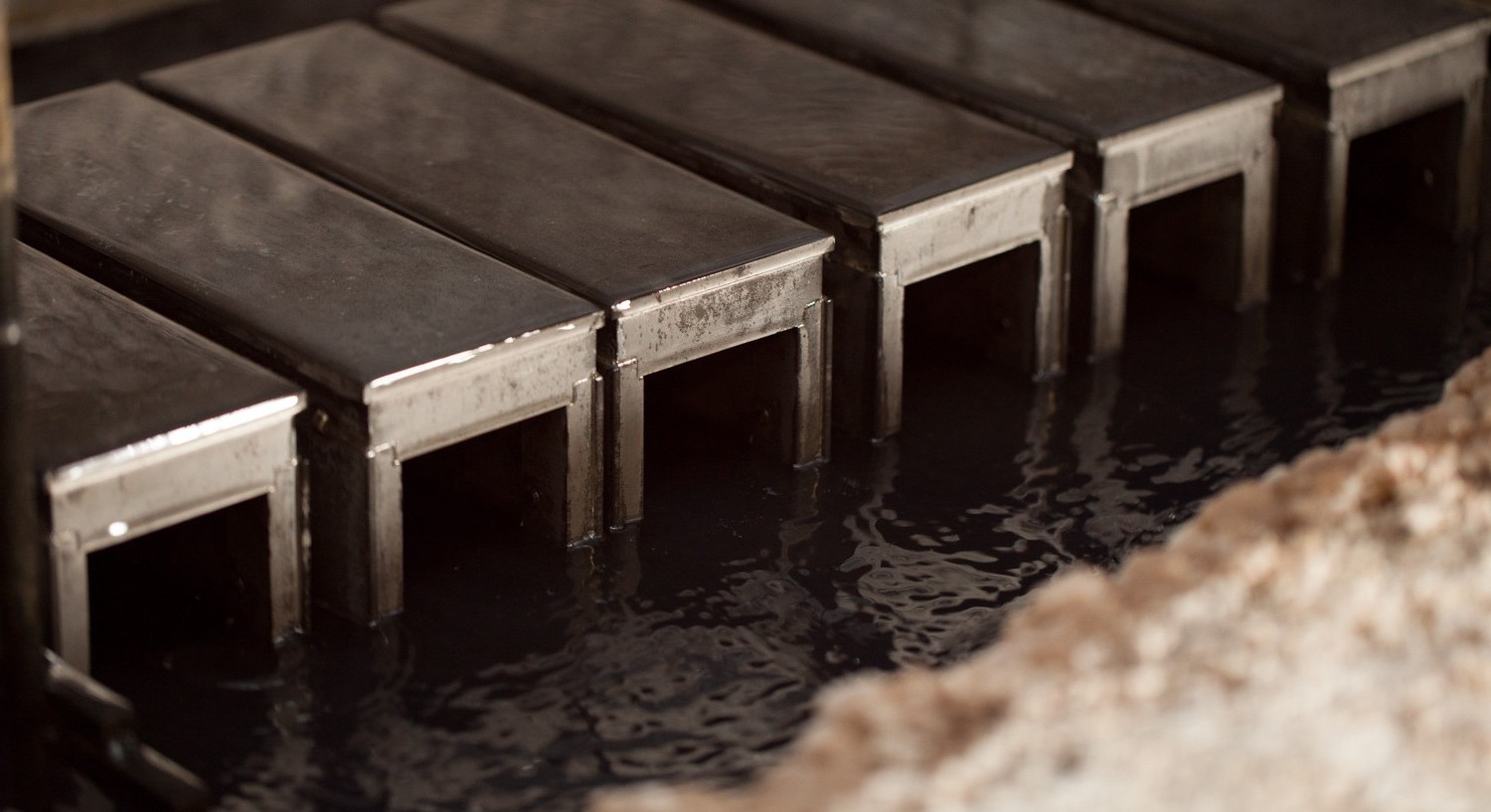
Hardening
How it works


STEP 2
Parts are heated to a temperature above the transformation point, typically above 1500 degrees Fahrenheit. Parts are then quenched in oil to complete the hardening process. The parts are kept in a protective atmosphere during the entire process to prevent surface contamination or degradation.
STEP 3
Parts are removed from the furnace to continue to subsequent processing such as cleaning and tempering.Hardening and Tempering are used to provide the best combination of hardness, strength, and toughness in a steel for a given engineering purpose. This treatment consists of heating the steel above the transformation range, holding for a long enough time to insure uniform temperature and solution of the carbon and alloying elements in an austenitic microstructure, followed by rapid cooling (quenching) to a fully martensitic structure. The cooling medium can be air, oil, water, molten salt, fluidised bed, or a gas such as argon or nitrogen. Upon completion of hardening, the steel is in it’s hardest but most brittle condition. It is necessary to perform a subsequent tempering or drawing or process to produce a softer but much tougher condition.

Quality of work and passion for what we do is what drives us.
WHERE WORKS

MILITARY / DEFENSE
American military technology is the world’s finest. At Thermal-Vac, we intend to keep it that way! Our experienced contract managers meet all of DPAS ratings.
Learn More
Medical / Dental
Some of the ways we provide world-class service to the medical industry include: Brazing of Dissmilar Metals (Metal to Ceramic, Titanium) High Temperature Brazing and Heat Treating (Temperatures Above 2400°F) Brazing to some of the most stringent cleanliness standards in the industry
Learn MoreACCREDITATION
Thermal-Vac has received certified recognition by these top accreditation programs.
-

Heat Treating
-




